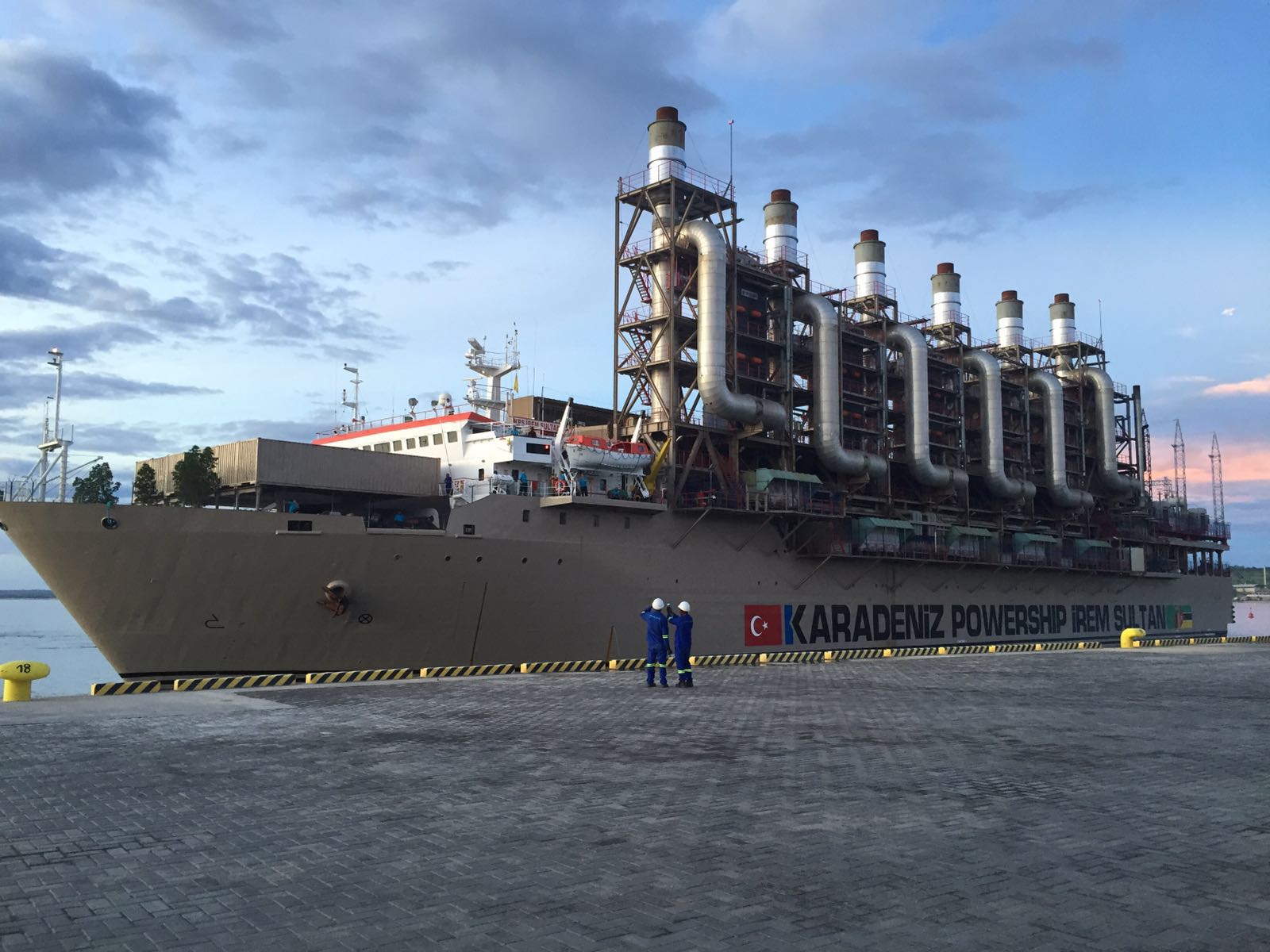Mozambique, where two-thirds of the population lacks electricity access, has emerged as a critical partner for South Africa’s power supply requirements as it addresses its power crisis.
To assist South Africa, Mozambique has agreed to provide 100MW of electricity in the short term, followed by an additional 600MW within six months.
Minister Carlos Zacarias of Mineral Resources and Energy confirmed the development. South Africa sought help from Mozambique when Eskom, its state electricity utility, implemented severe rolling blackouts.
The initial 100MW will be sourced from the Nacala floating power plant, with a finalized commercial agreement imminent.

Mozambique faces power shortages due to weather events, underdeveloped infrastructure, financing limitations, and bureaucratic challenges.
Hidro-eléctrica de Cahora Bassa (HCB), Mozambique’s largest power generation plant, provides significant electricity to Eskom and ZESA.
However, only 34% of Mozambique’s population has access to electricity.
Mozambique is undertaking energy production projects to enhance its power supply capacity, such as the Temane thermal power station and the Mpanda Nkuwa hydroelectric project.
The Tete-Maputo project, supported by the Mozambican government and EDM, aims to expand the country’s electricity grid with funding from the World Bank and other partners.
The agreement with South Africa is seen as mutually beneficial, enabling Mozambique to generate export revenue and support South Africa’s electricity needs.
Analysts anticipate improved power supply with the completion of the Tete-Maputo power line, leading to regional industrialization.

